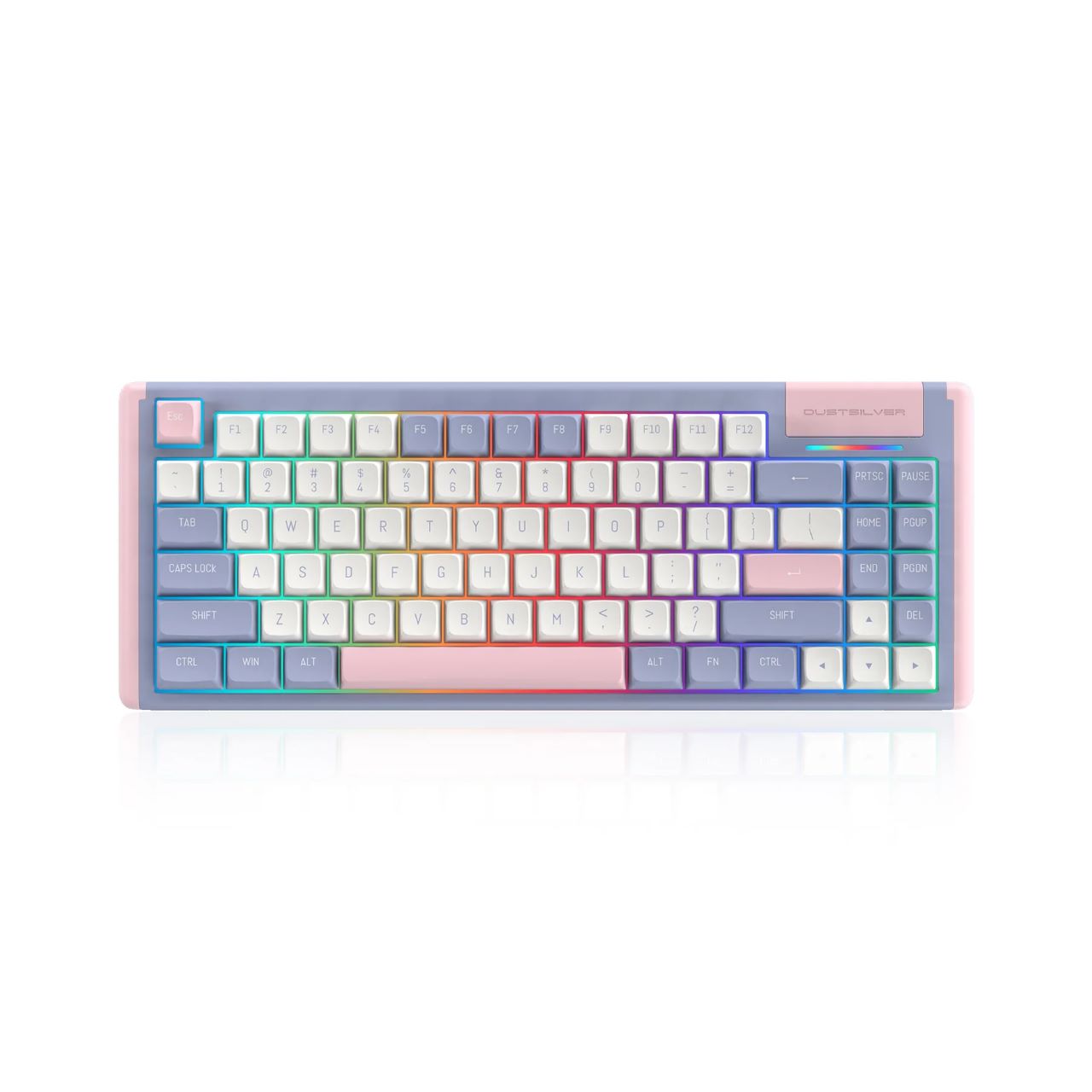Building a custom mechanical keyboard is no small feat, but if done correctly can be hugely rewarding. With the array of keyboards out on the market today it takes something special to stand out from the crowd and build a one-of-a-kind piece that will make all your friends envious. But don’t worry, we’ve got everything you need to know about how to construct the perfect mechanical keyboard—from which parts to select and where to purchase them, what tools are required, and important tips when assembling—so you can get started straight away.
If you’ve ever wanted to create your own unique, custom mechanical keyboard, you’ve come to the right place. Building your own mechanical keyboard is an incredibly rewarding experience and can be achieved with just a few simple tools and components. With the right instructions, you can have a custom mechanical keyboard that’s as unique as you are.
Gather Your Materials:
The first step in building your own custom mechanical keyboard is to gather your materials. You will need a soldering iron, some solder, a set of keycaps, and switches for your board. You will also need stabilizers for any keys that are larger than 1×1 units such as 2×2 or 2×4 keys. Additionally, you’ll need access to some PCBs (Printed Circuit Boards) in order to complete the build.
Design Your Layout:
Once you have all of your materials together it’s time to design the layout of your custom mechanical keyboard. This is where you decide on exactly which keys will go where and which size they should be. Take some time here to make sure it is something that works well for YOU since this will be the layout that you use each time you type!
Soldering Your Switches:
Now it’s time for the fun part—soldering! This is where all of those switches and stabilizers come into play; each one needs to be soldered onto the PCB board in order to produce a working mechanical keyboard. Start by soldering one switch at a time and taking special care not to damage any of the other components while doing so. Make sure each switch is firmly connected before moving on to the next one until all of them are soldered in place correctly.
Test It Out:
Once all of your switches have been soldered it’s time for testing! Go ahead and plug in all of your cables (USB cables) into their appropriate ports and then power up your board by plugging it into an outlet or USB port on your computer/laptop. After powering it up give each keystroke a press and see if everything works properly! If there are any problems check back through your work—it could be something as simple as needing more solder on one particular connection point or that one switch was not inserted correctly when being soldered down onto the PCB board earlier.
Is it better to build or buy a mechanical keyboard?
When it comes to the world of custom mechanical keyboards, savvy gamers, and typists need to decide whether to build or buy one. Building a custom mechanical keyboard offers the user complete control over the features, enabling them to create a keyboard that is tailored precisely to their needs. On the other hand, buying a custom mechanical keyboard may be easier for those not experienced with building their own and will also save users time in researching components and DIY assembly.
Building your own custom mechanical keyboard requires knowledge of individual components such as switches, keycaps, and plate construction. You’ll also need tools such as soldering irons and wire cutters if you plan on assembling your own PCB. Furthermore, you should be familiar with programming software so that you can customize your keyboard macros according to your preferences.
The Ultimate Guide to Building a Custom Mechanical Keyboard from Scratch:
Building a mechanical keyboard from scratch can be an extremely satisfying endeavor, but is also time-consuming and requires research. Fortunately, with the right knowledge you can achieve your dream of creating a mechanical keyboard tailored to meet your own needs and specifications. With the Ultimate Guide to Building a Custom Mechanical Keyboard from Scratch in hand, you’ll learn all the necessary steps involved in assembling a mechanical keyboard. Discover the best components and keycaps for maximum performance, explore popular mechanical switch options, and even examine additional features like OLED displays! This comprehensive guide will walk you through everything you need to know to build an incredible mechanical keyboard customized to your exact style and gaming desires.
Is building a mechanical keyboard expensive?
Building your own mechanical keyboard can be a rewarding and enjoyable experience, but it may not be cost-effective compared to buying a mechanical keyboard pre-made. While there are some cost savings available when sourcing individual parts and putting them together yourself, there are also many costs associated with mechanical keyboards. From the cost of switches and keycaps to stabilizers and cases, the final cost of putting together your own mechanical keyboard can add up quickly. It is important to do your research ahead of time so you know how much money you are willing to spend before building your mechanical keyboard – if the amount is too large then you may want to consider buying a pre-made one instead.
Unlocking the Power of Custom Keyboards
Custom keyboards are the new trend in computing, allowing users to personalize their keyboard and make it their own. Those who want to unlock the power of custom keyboards can benefit from improved ergonomics, a better user experience, and increased productivity.
By utilizing custom keyboards, users can choose a design that helps them type more comfortably and efficiently. With adjustable split-space layouts, swappable keycaps, remap able keys, and more available options than ever before, custom keyboards offer all sorts of ways to customize your typing experience.
Conclusion remarks
Custom mechanical keyboards are a great way to express your personality and style. They are also a great investment as they can last much longer than regular keyboards. Additionally, they can provide a unique and comfortable typing experience, which is something that would be greatly appreciated by any typist. With the right tools and materials, anyone can make their own custom mechanical keyboard at home with relatively little effort. Finally, this guide has provided all the necessary information to get started on building your very own custom mechanical keyboard.


































